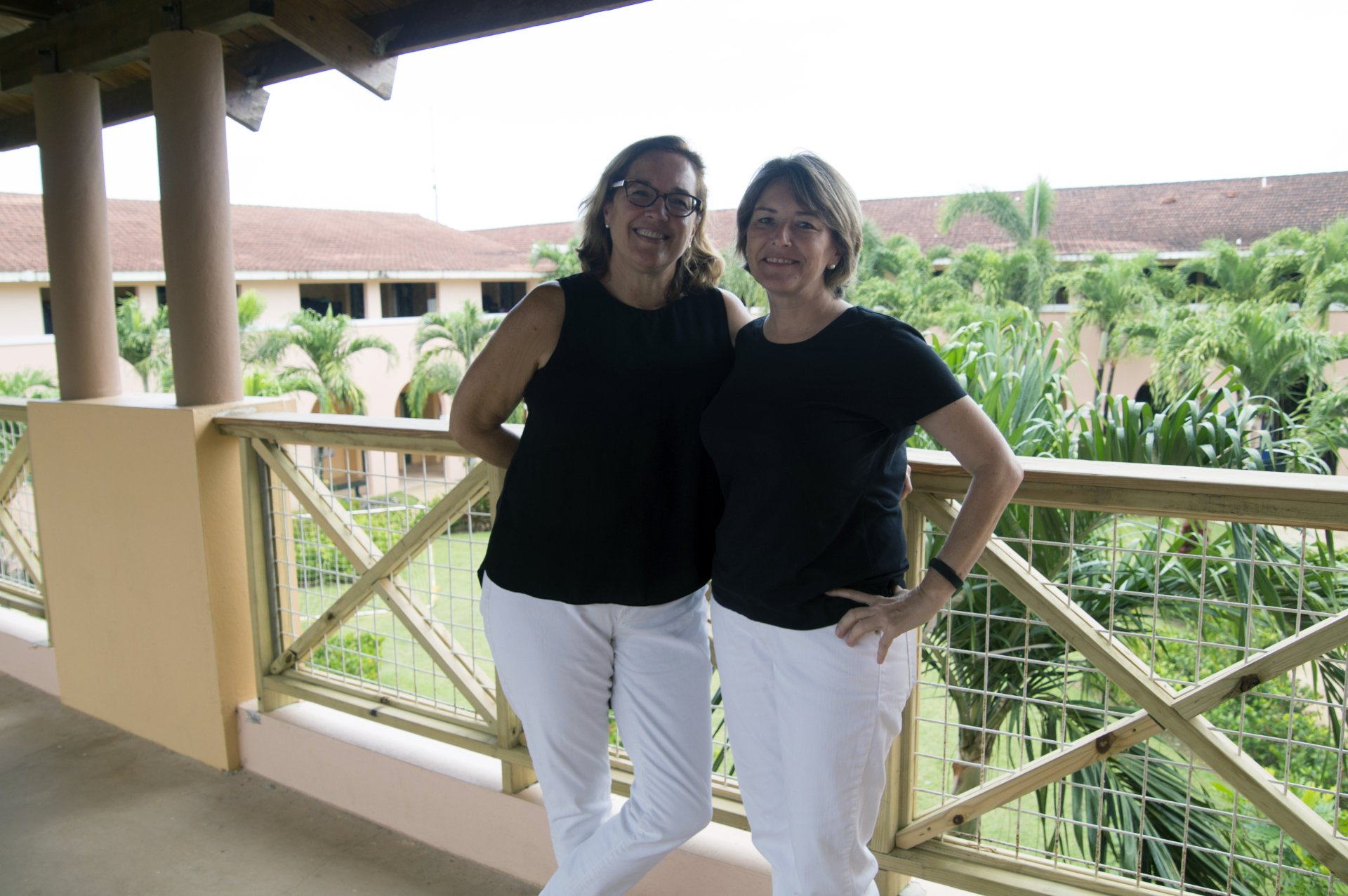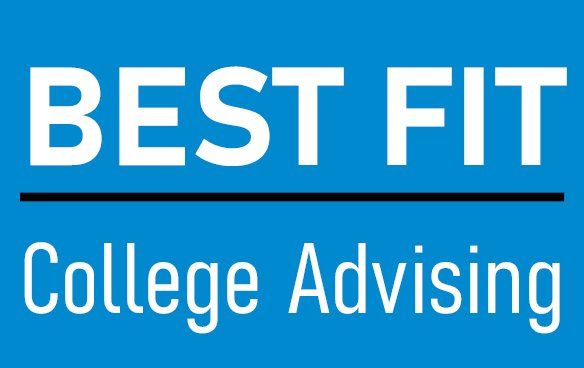Many rising seniors had their summer plans change because of the coronavirus. Travel plans were canceled, internships disappeared and summer programs morphed into virtual versions of their previous active campus visits. The flip side of this disappointment for many is that it means there is more time to get a start on the college application process.
Instead of diving straight into the personal statement, which for many is the 650-word Common Application essay, I recommend starting with some smaller tasks. Compiling or updating your résumé and writing your Common App Activities List accomplishes two tasks. First, it focuses your attention on what has mattered most to you during your high school years, and why. Second, it lets you write about your achievements and get it out of your (and maybe your parents’) system so that your essay is not a résumé in word form and instead reflects insight into who you are as a person.
Start your résumé with basic info such as name, address, phone number and (professional-sounding) email address. Include basic educational information such as your school, GPA, SAT or ACT, and perhaps an academic honor such as AP Scholar with Honor.
Next, list your activities from 9th grade through today, with brief, active descriptions of your accomplishments and honors. There is no single formula for the order that applies to everybody because students have different priorities and different strengths. If you are applying to college as a STEM major, Science Bowls and laboratory experiences might be your first entries while aspiring lawyers might list Model UN and published writing prominently. Generally speaking, first list the academic and leadership experiences and those that you are most passionate about and pursued in the greatest depth and with the most success. If somebody were to read only the first three items, what would you want them to know about you? Put those first.
Finish up with volunteer work, summer programs, summer jobs and finally, languages. If you have an interesting talking point or skill to add such as CPR or PADI certification, it’s a nice way to end the résumé.
Now comes the hard part: cut the résumé until it fits onto a single page. Yes, you can and must do it! People don’t read and they especially don’t read if it’s too long. First, delete anything you included from before 9th grade. Then look at each item and imagine a college alum choosing that item to quiz you about during an interview. Could you happily talk about it for several minutes? If not—maybe it was a club you tried for a semester or a sport you don’t like and don’t intend to pursue in college—it might not warrant a listing of its own. You should also be wary of documenting every time you volunteered for an hour. If you volunteer a few hours here and there for a variety of organizations, it’s better to simply name them under a single listing titled “Community Service.” Then cut the fluff out of your descriptions until they are clear, direct descriptions of what you did. You can do it!
Once you finish your résumé, use it to draft your Common App Activities List. You can list ten activities, and you don’t have to count summer programs since those can go under college programs. List the activities in order of their importance to you, generally in the same order as on your résumé. For the most part, current and long-term activities should be more prominent than earlier activities.
For each activity, you will have a dropdown menu to list the years you participated and for how many weeks per year and hours per week. Then you get 50 characters (including spaces) for the title and another 150 characters to describe the activity.
Maximize your space! Put as much information into the 50-character description as you can so that you can maximize your use of the description. You could, for example, write “Track & Field” as your definition. Or you could write, “Track & Field, school team member/competed 9 races.” Then your description can go on to mention specific honors, a mentoring program you started, and more, all in 150 characters. Use active verbs, but pronouns and full sentences are not necessary. Describe what you did specifically, such as how much money you raised or how many children you read to or how you helped. Rather than vaguely mentioning visiting a hospital or home, specify what you did there.
Instead of diving straight into the personal statement, which for many is the 650-word Common Application essay, I recommend starting with some smaller tasks. Compiling or updating your résumé and writing your Common App Activities List accomplishes two tasks. First, it focuses your attention on what has mattered most to you during your high school years, and why. Second, it lets you write about your achievements and get it out of your (and maybe your parents’) system so that your essay is not a résumé in word form and instead reflects insight into who you are as a person.
Start your résumé with basic info such as name, address, phone number and (professional-sounding) email address. Include basic educational information such as your school, GPA, SAT or ACT, and perhaps an academic honor such as AP Scholar with Honor.
Next, list your activities from 9th grade through today, with brief, active descriptions of your accomplishments and honors. There is no single formula for the order that applies to everybody because students have different priorities and different strengths. If you are applying to college as a STEM major, Science Bowls and laboratory experiences might be your first entries while aspiring lawyers might list Model UN and published writing prominently. Generally speaking, first list the academic and leadership experiences and those that you are most passionate about and pursued in the greatest depth and with the most success. If somebody were to read only the first three items, what would you want them to know about you? Put those first.
Finish up with volunteer work, summer programs, summer jobs and finally, languages. If you have an interesting talking point or skill to add such as CPR or PADI certification, it’s a nice way to end the résumé.
Now comes the hard part: cut the résumé until it fits onto a single page. Yes, you can and must do it! People don’t read and they especially don’t read if it’s too long. First, delete anything you included from before 9th grade. Then look at each item and imagine a college alum choosing that item to quiz you about during an interview. Could you happily talk about it for several minutes? If not—maybe it was a club you tried for a semester or a sport you don’t like and don’t intend to pursue in college—it might not warrant a listing of its own. You should also be wary of documenting every time you volunteered for an hour. If you volunteer a few hours here and there for a variety of organizations, it’s better to simply name them under a single listing titled “Community Service.” Then cut the fluff out of your descriptions until they are clear, direct descriptions of what you did. You can do it!
Once you finish your résumé, use it to draft your Common App Activities List. You can list ten activities, and you don’t have to count summer programs since those can go under college programs. List the activities in order of their importance to you, generally in the same order as on your résumé. For the most part, current and long-term activities should be more prominent than earlier activities.
For each activity, you will have a dropdown menu to list the years you participated and for how many weeks per year and hours per week. Then you get 50 characters (including spaces) for the title and another 150 characters to describe the activity.
Maximize your space! Put as much information into the 50-character description as you can so that you can maximize your use of the description. You could, for example, write “Track & Field” as your definition. Or you could write, “Track & Field, school team member/competed 9 races.” Then your description can go on to mention specific honors, a mentoring program you started, and more, all in 150 characters. Use active verbs, but pronouns and full sentences are not necessary. Describe what you did specifically, such as how much money you raised or how many children you read to or how you helped. Rather than vaguely mentioning visiting a hospital or home, specify what you did there.
Other recent posts you might also like:

This year’s admissions responses from selective and highly selective colleges has left many talented seniors feeling like they’ve been beaten up and left in ditch. Students with stellar grades, astronomical SATs and a deep record of extracurricular activities and community service have not received the “yes” answers that they dreamed of or even half expected. The internet today, the day after so-called Ivy Day when Brown, Columbia, Cornell, Dartmouth, Harvard, Penn and Princeton release their regular decisions, has been awash with a plaintive refrain: “What do they want?” The short answer is that that is unknowable and ever-changing. The long answer is that data is out there for most schools on what GPA range or test scores their recent admits offered, but it is much harder to quantify the more important elements of a holistic admissions process. Colleges and universities have said for years that their holistic process takes into account more than just numbers. However, when most schools went test-optional in the pandemic environment, many students seemed to forget that test scores are just one data point. And without that data point, the factors of academic rigor, leadership, community involvement and recommendation letters gain importance. Nevertheless, thousands or tens of thousands more students applied to newly test-optional institutions. This put colleges into the enviable position of having the most diverse group of students in history to choose from, but the unenviable position of knowing less than normal about expected yield, or how many admitted students will accept the offer and enroll. This leads me to the dreaded waiting. In between acceptance and denial of admission comes the waitlist. A school essentially tells a waitlisted student that he or she is academically and otherwise qualified to attend the institution, but they don’t have space to give a solid “yes.” The student usually must decide to opt to be added to the waitlist. Then what happens? Most of the selective and highly selective schools do not weight or rank students on the waitlist. That is, when they go to their waitlist for five students, they don’t take them in order of the top five test scores or GPA. Instead, it becomes even more random than during the regular decision process. Admissions officials are looking to form a balanced class of mathematicians and historians, athletes and musicians, artists and engineers, entrepreneurs and humanitarians, legacies and first-generation college goers, and many have diversity of race, ethnicity, religion, socioeconomic status and geography as a goal. As the first-year class begins to take shape with students committing to a school, the officials look at the balance of these characteristics and any other institutional priorities represented. If the enrolled students are skewing heavily to the coasts, they might look to the waitlist for students from the Midwest. If they aren’t increasing diversity as much as they would like, they might look to the waitlist. If their tuba player or Pride Club president or lots of French majors graduated and they see few enrolling, the waitlist probably has the people they are looking for. What I’m saying is that the waitlist is even more subjective than the regular process and waitlists this year are longer than ever before. Some schools offered a waitlist spot to more students than are in their whole first-year class, so even though there will be more waitlist movement than normal this year, your chances are still very low. If you feel you must, take your waitlist spot and if they allow it, write a letter of continued interest. Then forget about that school, commit to a school that has admitted you and allow yourself to fall in love. Attend the accepted student events, Zoom with a current student and join social media groups for admitted students. If you give it a chance, you may discover that you have found your dream school instead of waiting in vain for Godot. Terry Chevako Bava is an independent college counselor who demystifies the college application process and advises students and families every step of the way, from the beginning of the college search through applying for financial aid and evaluating admission offers. Visit her website or book a free consultation today.

Spoiler Alert: If you haven’t watched Season 4, Episode 12 of The Good Place , stop now! As I suffered through the first unruly minutes of the first presidential debate, my hope that there would be some substantive discussion or least some decorum were dashed. My annoyance at the childish behavior rose until I had to switch it off and retreat to the last season of The Good Place to lower my blood pressure. It was certainly the opposite end of the spectrum as Michael finally shepherded the band of four to the Good Place. Eleanor and the rest have survived trials and tribulations, including hundreds of reboots, only to find that the Good Place is a little weird. People are somewhat lacking in animation, and they realize that it’s because they have had anything they want, however they want, for as long as they want. Go Karts with monkeys? You’ve got it! Stardust milkshakes? An endless supply! The problem is that without obstacles in their way, people get bored and everything loses its meaning. Even living in Paradise becomes drudgery. I wondered what would happen if that were really possible. What if you could remove all college admissions obstacles and conjure up your own spot in college? I think a lot of people would find that they would not actually be happy at X University because they haven’t looked far beyond the name. I think that getting the college you wish for would not necessarily conjure up the college of your dreams if you don’t know what you’re looking for. What if you could wish up a college admission but the only thing you couldn’t do was wish for the college by name? Let’s say a student wished for an affordable college strong in social sciences, where everybody studies abroad and he can swim for the team. A school that immediately comes to mind is Goucher College in Baltimore, Maryland. They are known for their Political Science major and its emphasis on the relation between theory and action. If you are so inclined, take classes for free at Johns Hopkins , a mile up the road. Just an hour away, DC is a popular destination for the internship that they don’t just help you to get, but require. Study abroad is another requirement, so 100% of students broaden their horizons and then add to the classroom dynamic with their new perspectives—I can’t think of another school that can say that. They have Division III athletics , including swimming. Additionally, almost every accepted student gets from $12,000 to $35,000 in aid , and they are generous with work-study. That all sounds better than stardust milkshakes to me! The way to your Good Place might entail ignoring the name and looking at features that are right for you.



